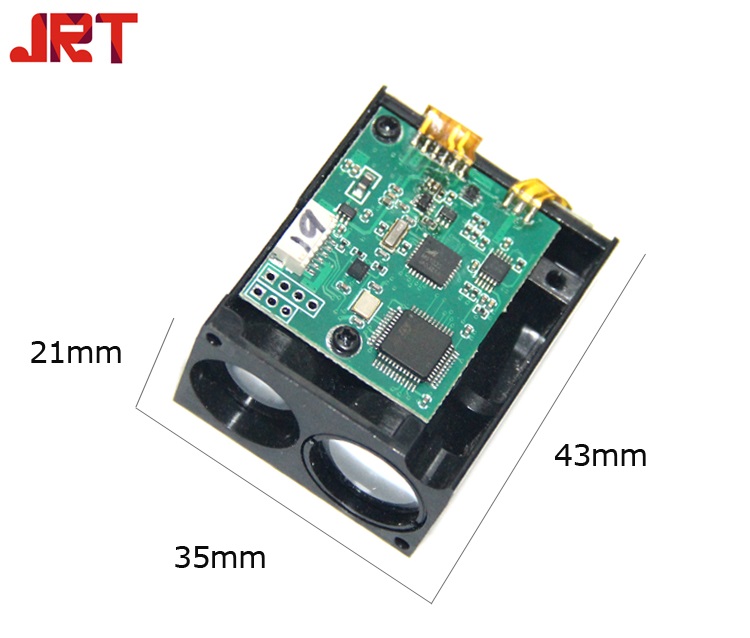To achieve a double harvest of rice and fish, it is essential to address three major challenges: excessive fertilizer use, improper pesticide application, and the difficulty of maintaining appropriate water levels for both rice cultivation and fish farming. By carefully managing these aspects, farmers can create a balanced and sustainable environment that benefits both crops and aquatic life.
First, controlling fertilizer application is crucial. Based on scientific recommendations, when applying various chemical fertilizers at a depth of 6 cm, it's important to ensure safety for young carp seedlings (about 3 cm long) per mu. The recommended amounts include: 10–15 kg of ammonium sulfate, 2.5–7.5 kg of potassium nitrate, 5–10 kg of superphosphate, 2–2.5 kg of ammonia, and 10 kg of lime. Keeping the fertilizer within these limits ensures both plant growth and fish health. When applying, it's best to first lower the water level slightly so that the fish gather in designated fish ditches or pits. Then, apply the fertilizer directly, allowing it to settle quickly into the bottom layer of the water, where it is absorbed by the mud and rice straw before refilling the field to normal levels.
Second, selecting high-efficiency, low-toxicity pesticides is key to protecting fish while controlling pests. Insecticides such as trichlorfon, flea killer, and pine lice killer can be used effectively. For bacterial control, products like enemy dry net, leaf dry net, and rice bran net are suitable. It is vital to follow the correct proportions and concentrations, avoiding highly toxic pesticides like "1605," "1059," dichlorvos, and methyl parathion, which can harm fish. When spraying, powder formulations should be applied in the early morning when dew is still present, while liquid or emulsion-based pesticides should be used after the dew has dried. Whenever possible, pesticides should be sprayed onto rice straw rather than directly into the water to minimize harm to fish while maximizing pest control.
Third, shallow irrigation in paddy fields creates a conflict with fish farming, as fish require a certain water depth to thrive. To resolve this, farmers can construct fish ditches and pits in a "well," "field," or "mesh" pattern, with each pit covering an area of 1 to 2 square meters. These structures allow fish to move freely and stay safe during irrigation. If needed, fish can also be temporarily relocated to ponds, pools, or reservoirs during periods of water level adjustment.
By implementing these strategies, farmers can successfully manage the coexistence of rice and fish, ensuring higher yields and environmental sustainability.
10000Hz High Frequency LiDAR Module
10000 Hz is one of our 2021 new solutions products,which can be widely used in drone postioning, car anti-collision, intelligent traffic monitoring etc. with high accuracy. We support customized service of different frequency(100hz,200hz,300hz,400hz,1000hz,5000hz,10000hz etc.), you can choose the suitable design. And the LiDAR module is a small size with 43*35*21mm, customers can be integrated to their measure device easily. If you meed any documents(PDF files etc.) of JRT high frequency LiDAR distance sensor, please contact us now.

Some key features may help:
Accuracy: ±3~5cm(<50m) /±1%(>50m)
Range: 0.1-200m
Resolution: 1cm
Frequency: 100/200/400/1k/5k/10khz
Laser type: 905nm,Class I
Size: 43*35*21mm
Weight: 20g
Input voltage: 8-36V
lidar laser,LiDAR,High Frequency LiDAR Module,10000Hz LiDAR Module
Chengdu JRT Meter Technology Co., Ltd , https://www.jrt-measure.com
